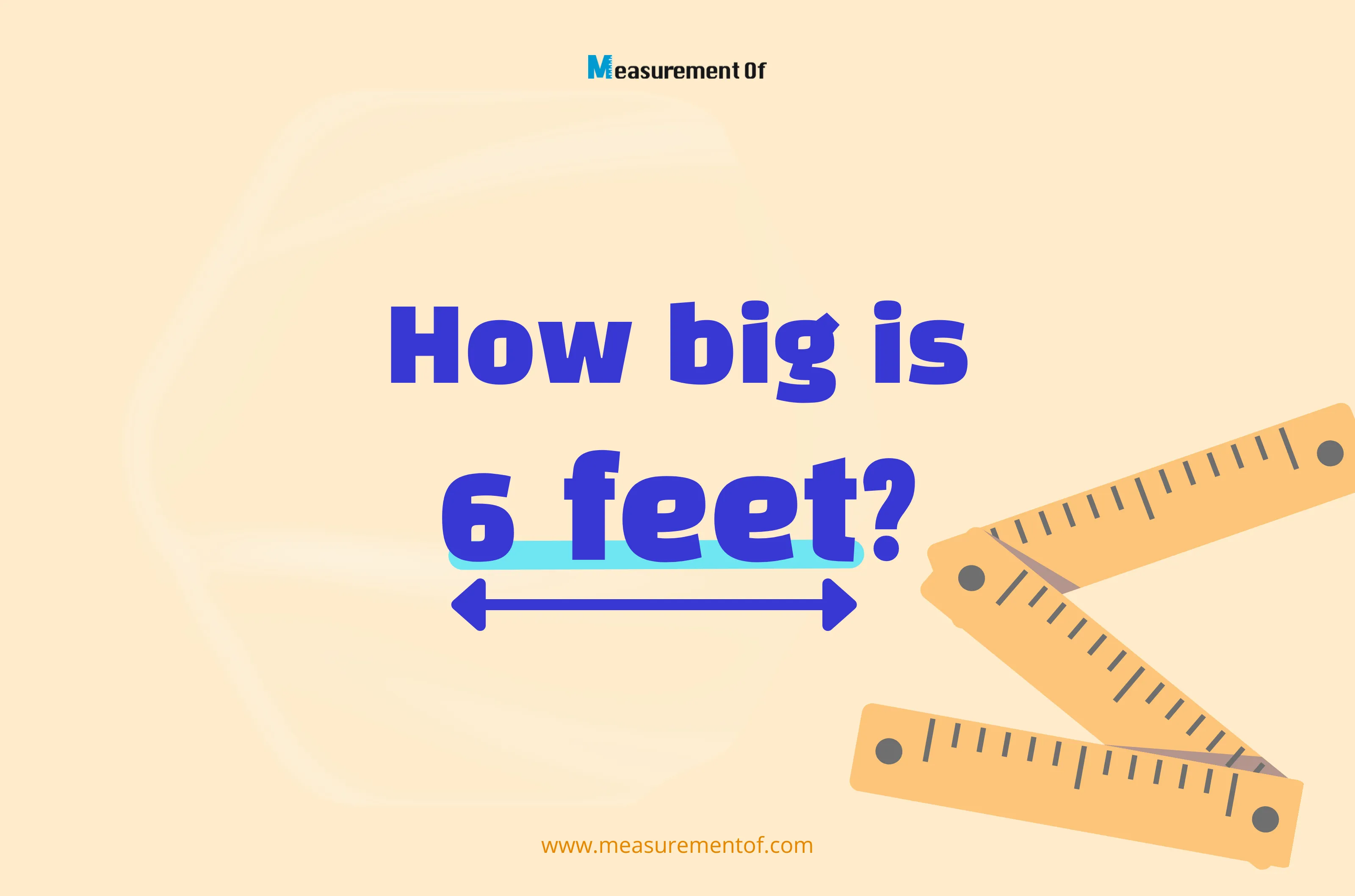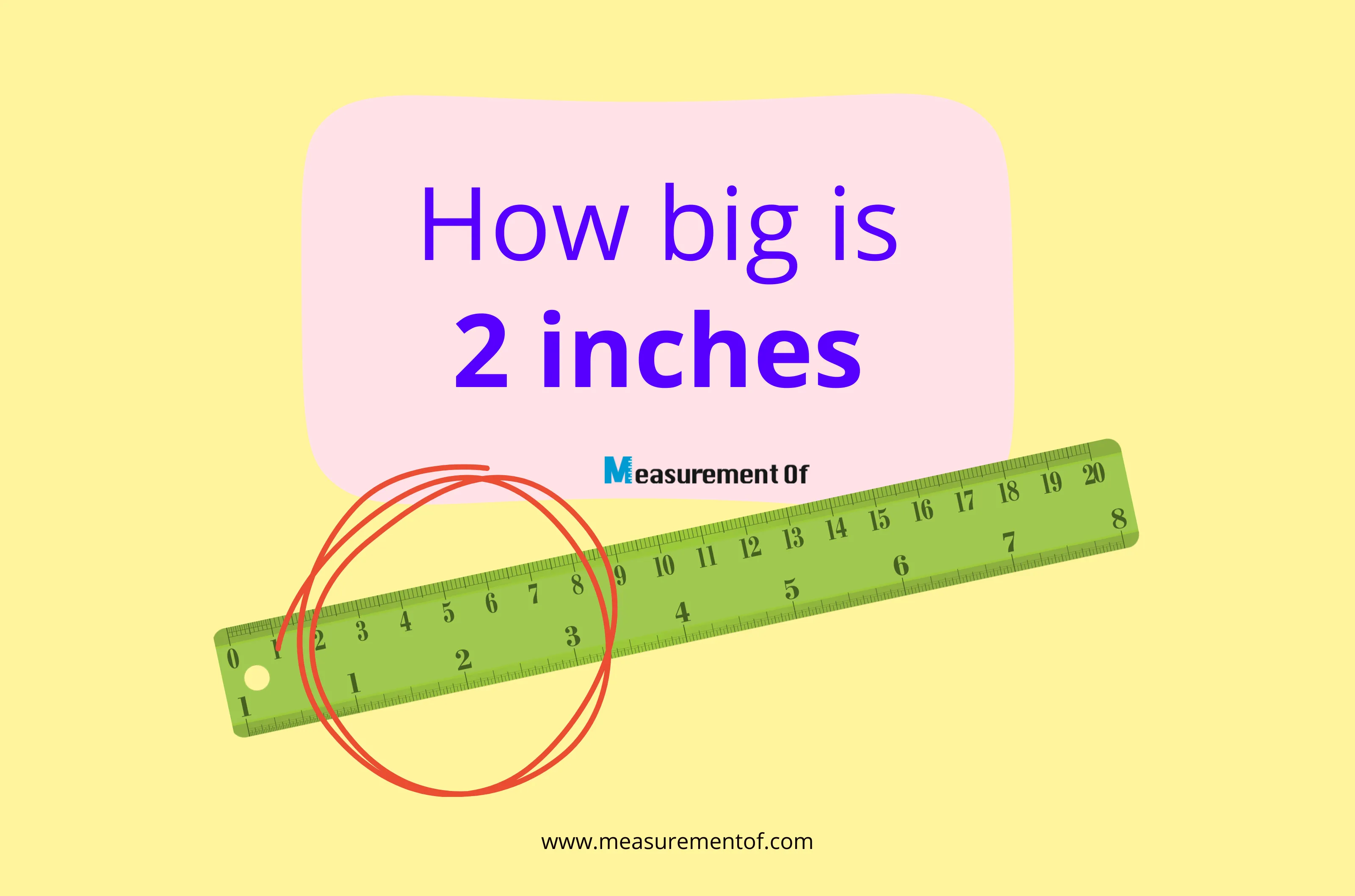Standard Coffee Bag Sizes and All You Need to Know

Introduction
Coffee is an essential part of the day. I mean, who can think of starting their day without coffee? If you are on team green tea, I am sorry we can't be friends. Even though companies don't prefer putting much information on the label, one can't deny the outpouring of creativity in these coffee bags. I have curated an easy standard coffee bag sizes guide to help you understand different coffee labels in depth.
Why Does Packaging Matter?
No one likes stale coffee beans. It's the biggest disappointment for coffee lovers. I mean, if we could invent something that would preserve the freshness of the coffee beans for eternity, that would be heaven. According to this article, in terms of preserving the freshness of the coffee beans, the packaging hardly matters. However, they may just matter.
Freshly roasted beans are a perishable product. Air, oxygen, moisture and light are the biggest enemies of these beans. The flavors stay fresh for up to 2 weeks, give or take when exposed to the environment. If the packaging protect the beans from exposure, then freshness can be retained. However, packaged coffee beans are not going to carry as much aroma as the freshly roasted ones.
Other than that, brand awareness is a secondary goal of unique packaging.
Types of Common Coffee Bags
But for now, our coffee beans depend on storage. Let's look at the different types of coffee bags.
Stand Up Pouch

Photo from Dunkin Donuts
The standup pouches are small triangular pouches with resealable zippers. These pouches tend to curve when filled as they do not have gusseted sides. So, adding a flexible label before the filling is recommended, which will stay rigid to the curves and dips.
Flat Bottom Bags
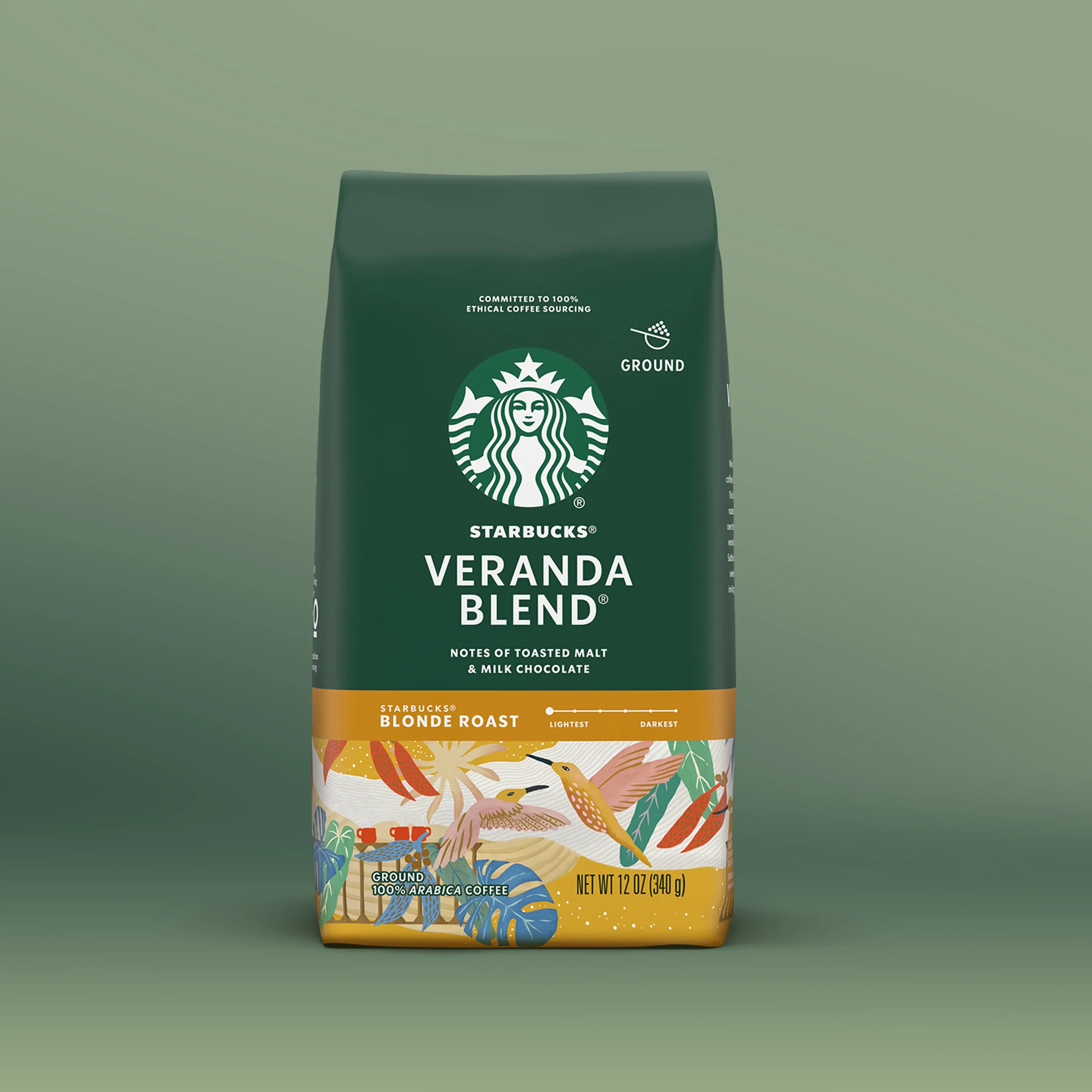
Photo from Starbucks
Remember those bags you see in grocery stores; these are the flat-bottom bags. Flat-bottom bags are quite similar to the standup pouches; however, they have side gussets. They can hold more coffee beans through the gussets. These bags have a valve that keeps the beans off the gas. They also have a resealable zipper.
Gusseted Bags
Gusset bags have an added piece of material to increase the volume of the bag. There are two types of gusset bags.
Bottom gusset bag
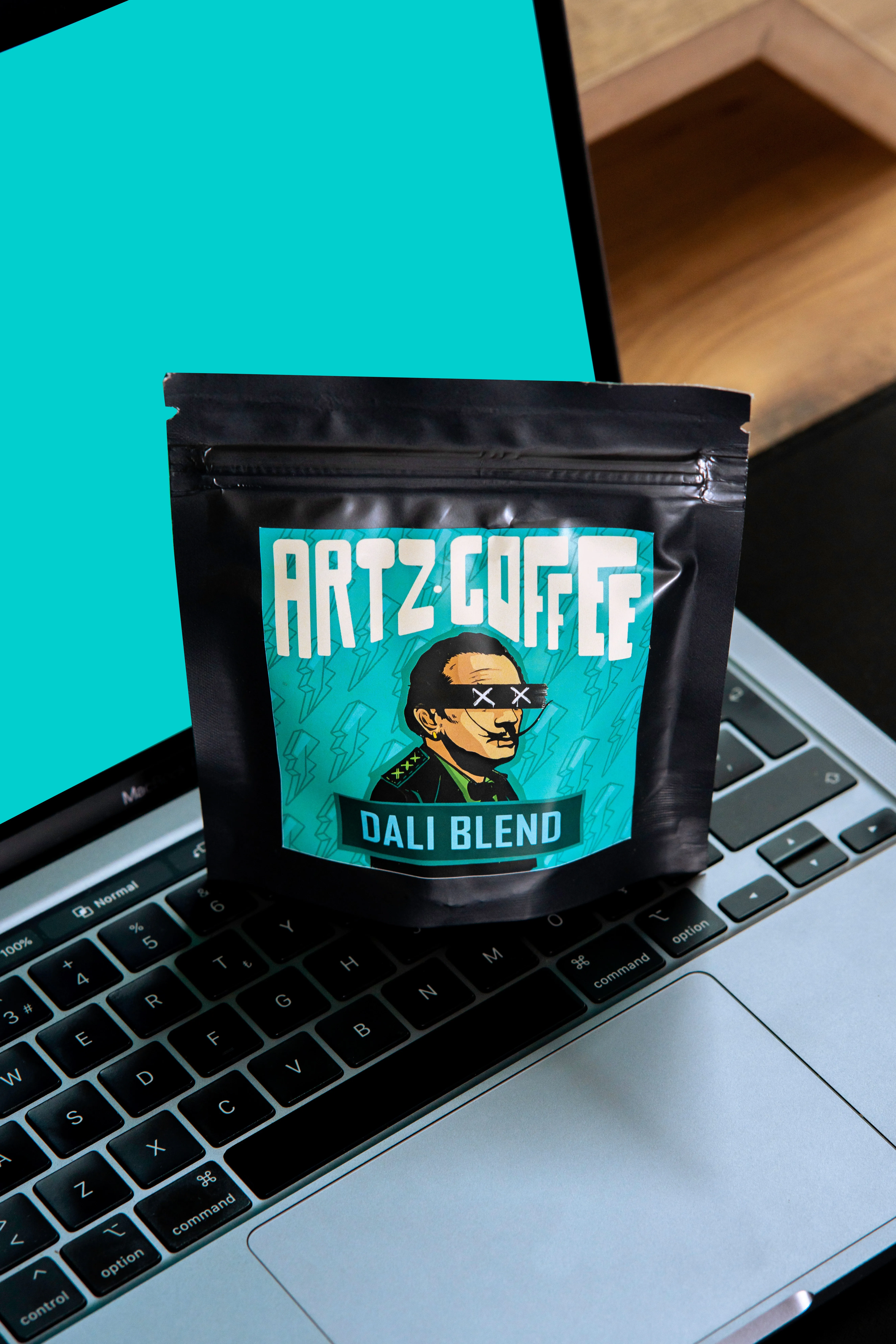
Photo by dorukhan pekcan on Pexels
The bottom gusset bags are also known as the large side gusset bags as they have a larger capacity. These gusset bags provide a flat end increasing the printing area. The bags have excellent seal strength. Various styles are available in these bags, and there is a pouch style, rounded corners, and more. They are curated in a way to meet every coffee lover's requirements.
Side gusset bags
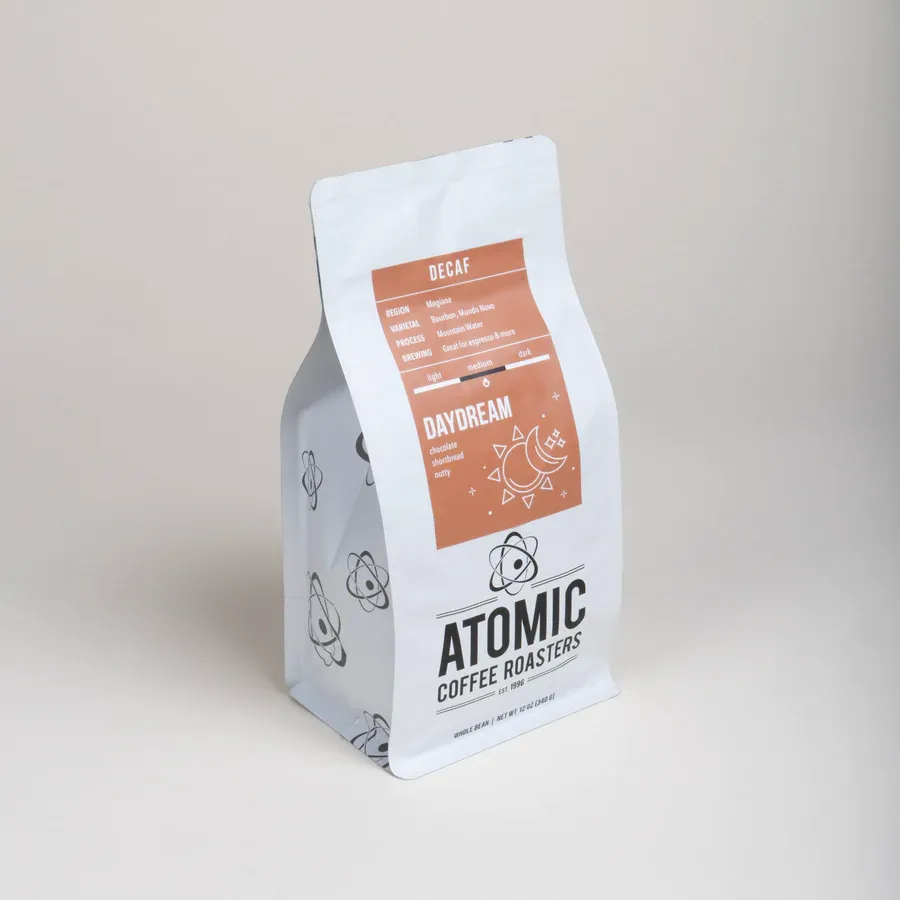
Photo from Atomic Roashtery
These bags are, a unique type of gusset bag, used commonly for frozen products. These occupy less space on the shelf while offering more space inside the bags. After being filled, the sides open up for more storage. They also come in several shades and styles.
Common Size Options by weight
Coffee is sold by its weight. The standard sizing was 16 oz, but it changed to 12 oz. Companies also started selling 4, 8, and 10 oz. Nowadays mostly gram is used for measurement of weight. Here are the common sizes available in the market.
- 50 grams
- 100 grams
- 200 grams
- 250 grams
- 340 grams; 12oz
- 454 grams; 16oz
- 500 grams
- 680 grams; 24oz
- 908 grams; 1 pound
- 1kg
How Many Cups Can You Make from A Bag?
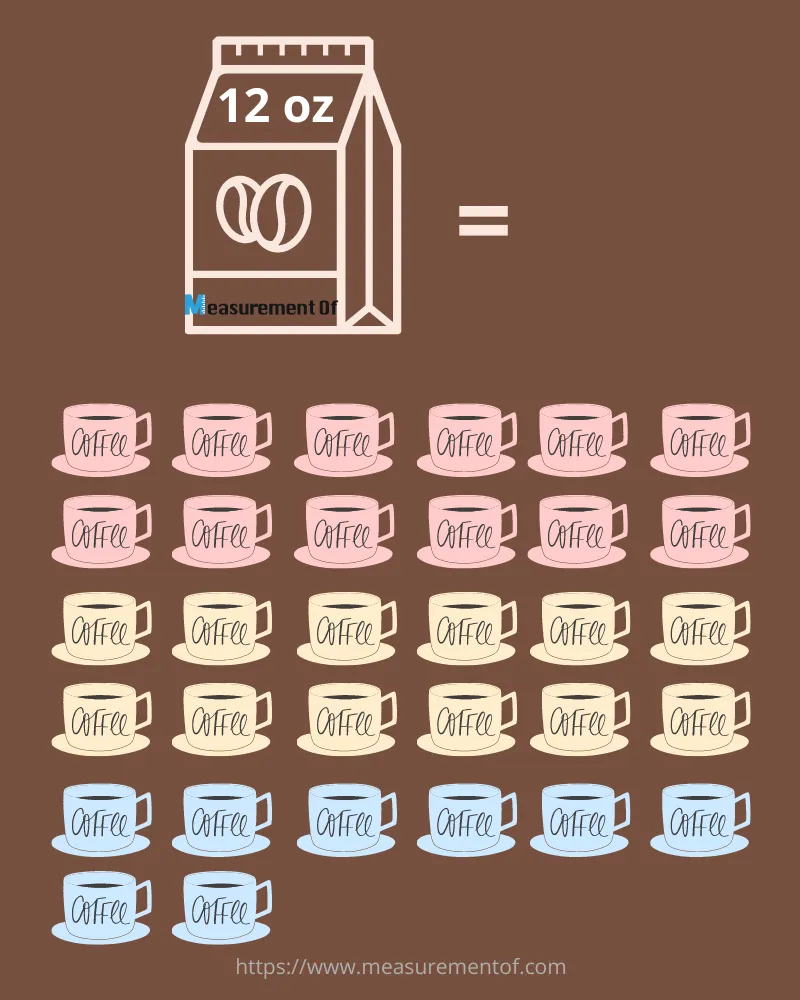
The exact number of coffee cups made from a bag cannot be certainly said as there are many factors to consider. There is a matter of water used, size of the pouring cup, and coffee brewing method. I will tell you the answer based on an average coffee drinker with a 12-ounce bag.
Let's say the coffee brewing is not too strong. So, we need about two tablespoons of coffee weighing 10 grams. This is equal to 0.37 oz.
So for a 12 oz bag, one can make 12/0.37 = 32.4 coffee cups.
Let's round that up. So you can say 32 cups of coffee can be made from a 12 oz pack.
For a strong flavor of coffee like espressos, a 12-ounce bag will make about 5 cups of coffee. That's 42 shots of espresso.
You can do the same calculation with different weights.
How Much Coffee Do You Need for A Cup?
You need two tablespoons of coffee in 8 oz water for a cup of coffee. Your cup measurement is also important. The rules for ground coffee beans are different. Remember, for every two teaspoons of ground beans, you need 6 ounces of coffee.
How Many Days Can You Go With 1 Bag?
1 kg bag of coffee has about 140 shots, which can make from 70 to 140 cups. The exact number depends on how strongly you take your coffee and how many shots you have in a day. Still I will give you a ball park estimate. A 1 kg bag of coffee will last about four and a half months, provided you have a single shot each day.
Dimension Chart of Common Size Coffee Bags
Knowing the dimensions of common coffee bags can come handy when you are planning to design a coffee packaging for yourself or a client. When you are a customer, having an idea about coffee bag dimension can help you to order online considering your empty shelf space. Here are dimension chart of some common bag of coffee -
| Wt of Coffee | Type of Coffee | Width (mm) | Height (mm) |
|---|---|---|---|
| 50 g | Gusseted Bottom | 100 | 190 |
| 100 g | Gusseted Bottom | 128 | 210 |
| 200 g | Gusseted Bottom | 160 | 240 |
| Flat Bottom | 100 | 240 | |
| 250 g | Flat Bottom | 100 | 250 |
| Side Gusseted | 95 | 260 | |
| Box Bottom | 125 | 195 | |
| 500 g | Flat Bottom | 135 | 275 |
| Side Gusseted Quad Seal | 100 | 335 | |
| 1000 g | Gusseted Bottom | 240 | 335 |
| Box Bottom | 160 | 325 | |
| Side Gusseted Quad Seal | 135 | 410 | |
| 12 oz | Side Gusseted Quad Seal | 90 | 275 |
| Block Bottom | 125 | 230 | |
| 16 oz | Gusseted Bottom | 178 | 285 |
| Flat Bottom | 110 | 280 | |
| Side Gusseted Quad Seal | 105 | 340 | |
| 24 oz | Side Gusseted Quad Seal | 150 | 310 |
| 1 lb | Gusseted Bottom | 228 | 340 |
How To Read a Coffee Bag Label
Knowing how to properly read a coffee label will make a world of difference in coffee habits and consumption. For a new buyer, all the information in the label can be overwhelming. So here, let me tell you how you can find the right coffee grounds to start your day.
Roast
The coffee beans develop their flavors through the roasting process. Overroasted beans will add additional unwelcome flavors subduing the coffee's original flavor, while underroasted will create sour coffee grounds. Choose one based on your preference.
Processing
There are different processing methods washed, natural, and pulped. You will find the right one after you have tasted each of the beans.
Variety
Each variety has a different flavor. There is Caturra, Catuaí, Bourbon, Typica, Pacamara, Geisha, Maragogype, and more. Geisha has a light tea-like flavor, while bourbon has a sweet flavor. The true coffee lover knows what variety they like. But if you are new to this world, I will suggest you to taste them all and choose your favorite. You can also strike up a conversion with fellow coffee lover to narrow down your options.
Altitude
Higher altitudes are preferred as it generates better quality. However, one must factor in the wind patterns, sea currents, and geographical location. For instance, higher altitudes in Brazil will be cooler than in Ecuador. So you may want to take a look at the altitude of origin of the beans if you are concerned about quality.
Beans
One can purchase whole beans or ground beans, depending on their taste. Remember, whole beans retain the freshness longer.
Features of A Great Coffee Bag
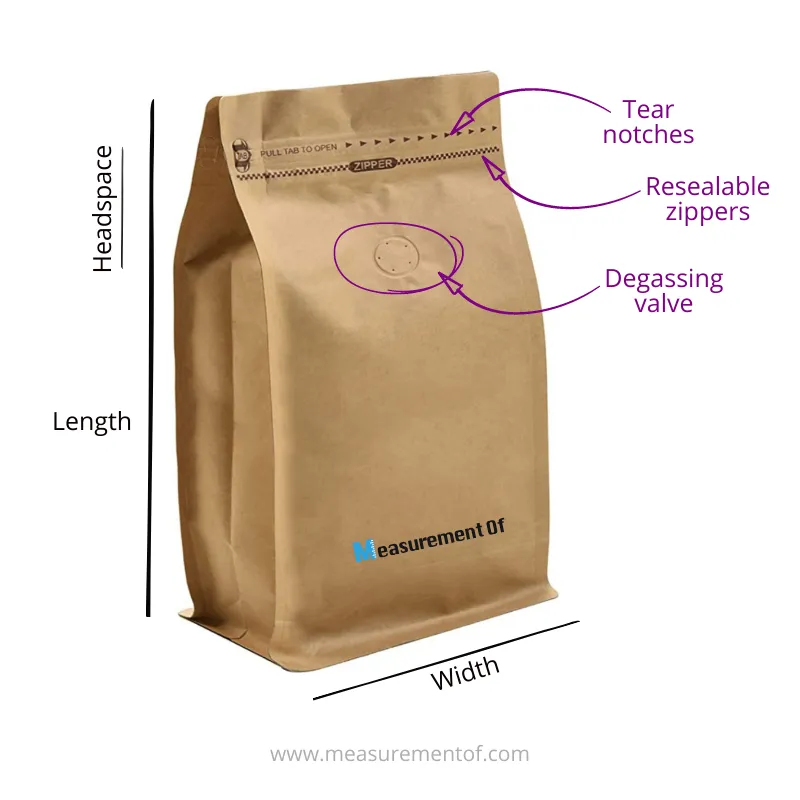
Photo from Amazon
Flexible, cost-effective packaging is all everyone wants in today's inflation-hit world. Here are some additional features that would make a great coffee bag.
- Hang holes are a great feature as it helps to create a space for the pouch without breaking through the wall.
- Resealable zippers keep the beans safe from external threats. These zippers keep the freshness of the coffee beans for a longer time.
- Degassing valves allow flexible packaging without the risk of oxidizing. The valve needs to go up when C02 is released from the coffee. The valve forces the air out without letting any air in.
- Tear notches help the opening of the bag. They can be on either or both sides of the bag.
The features mentioned above make a great coffee bag. Moreover, many companies now allow customizing and reusable bags, which only adds value. Today's generation is all about sustainability. So reusable bags are truly a game changer.
What is Headspace, and why do coffee bags need it?
The majority of the coffee packaging has an empty air-filled area above. This is known as Headspace. Headspace protects the coffee beans by constructing a cushion around them. This preserves the freshness of the coffee beans. It is important to find the optimum headspace for the coffee bag.
The roasted coffee beans release CO2 built up in the pores. This CO2 affects the aroma. The Headspace allows the CO2 released to create a carbon-rich surrounding. Thus maintaining the pressure and creating an equilibrium. If this space is too small, the gas will remain compacted around the beans affecting the quality.
Each time someone opens the bag, oxygen enters the bag. This can decrease the flavors. Besides larger space means more costing will go in packaging. Thus large headspace is not desirable as well.
Well talking about coffee, reminded me that I need to restock. This time I am going to be well informed about all the bag sizes. I know the same will be true for you the next time you are buying coffee or buying coffee bags for your signature coffee.
